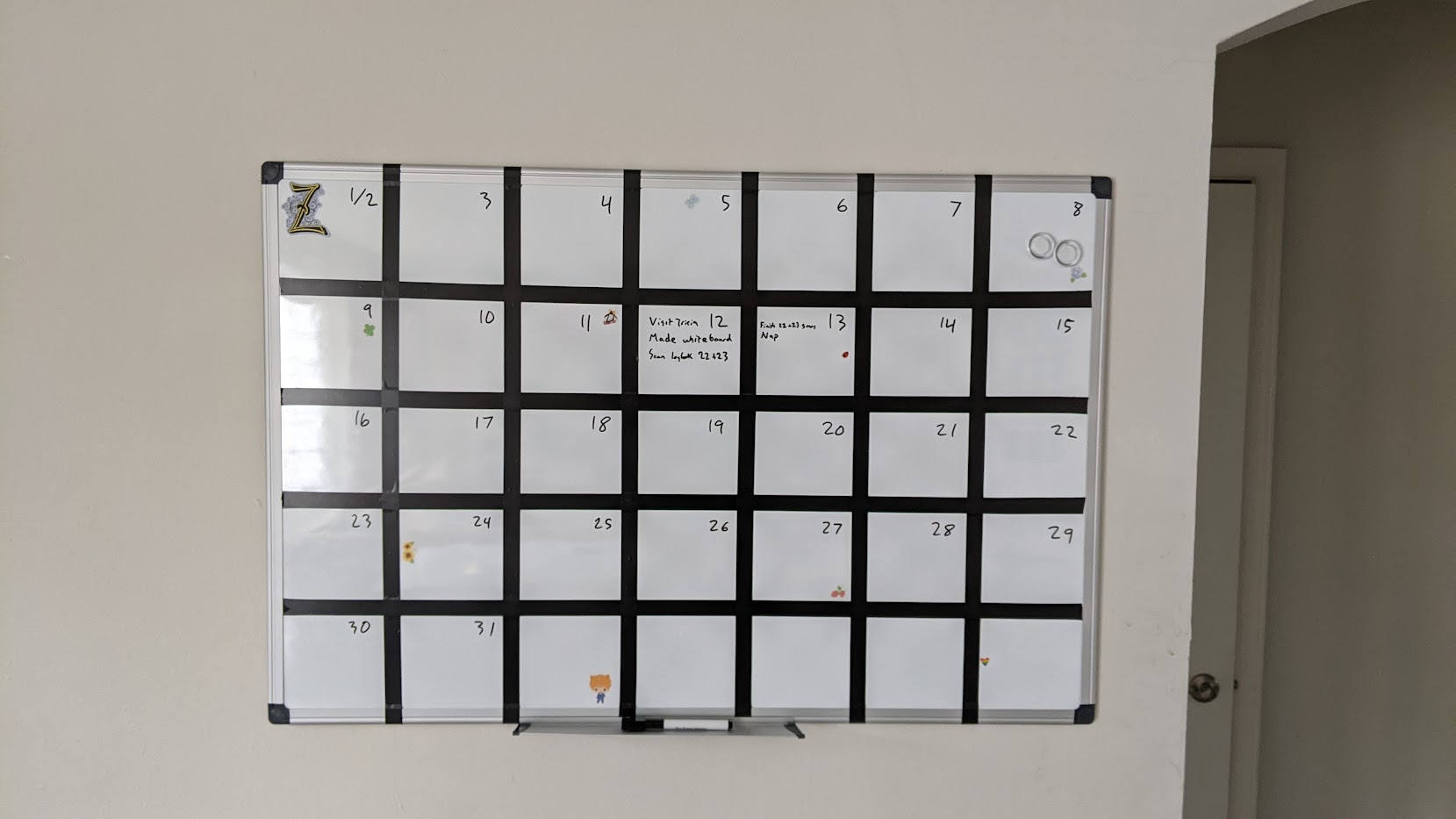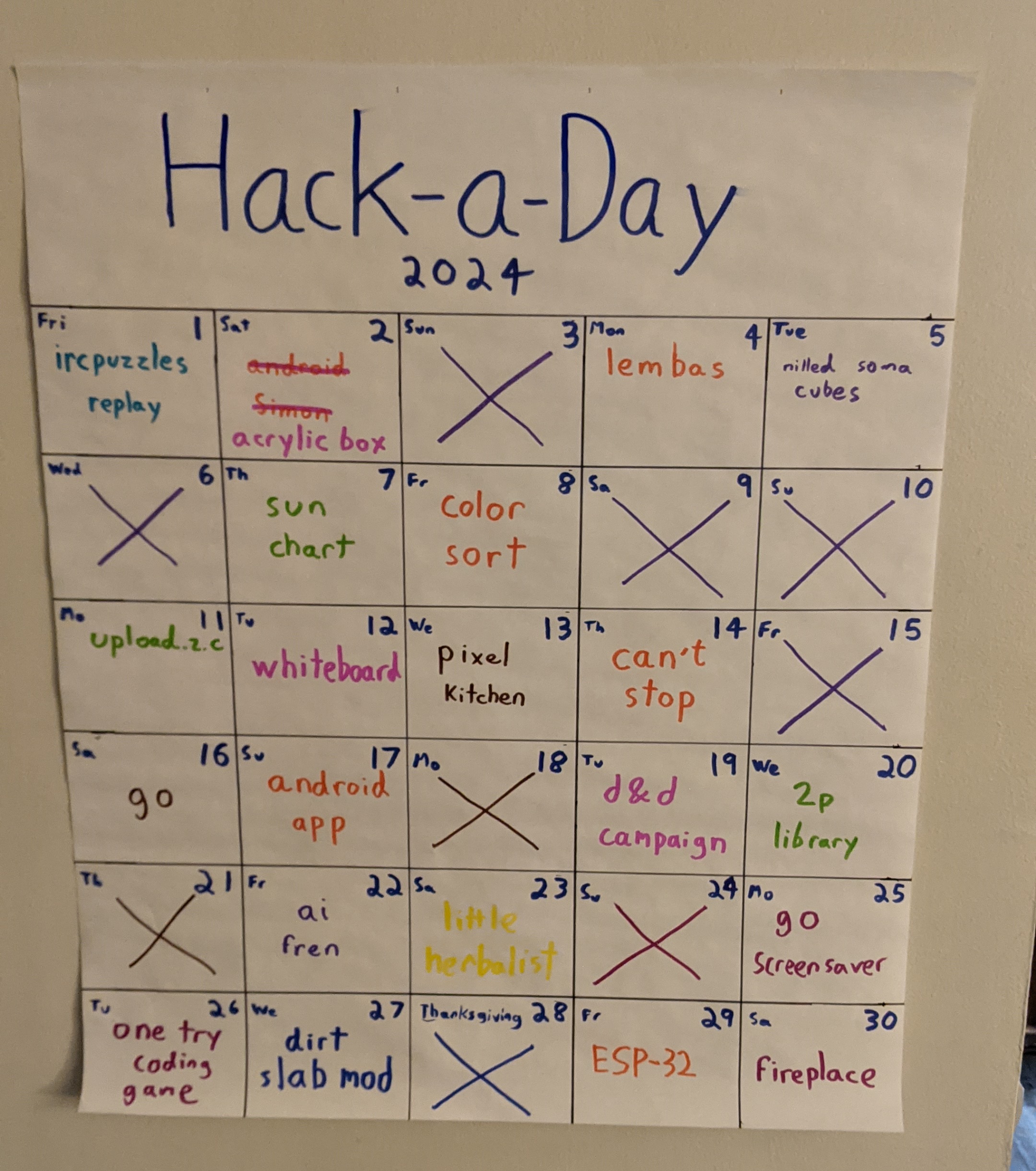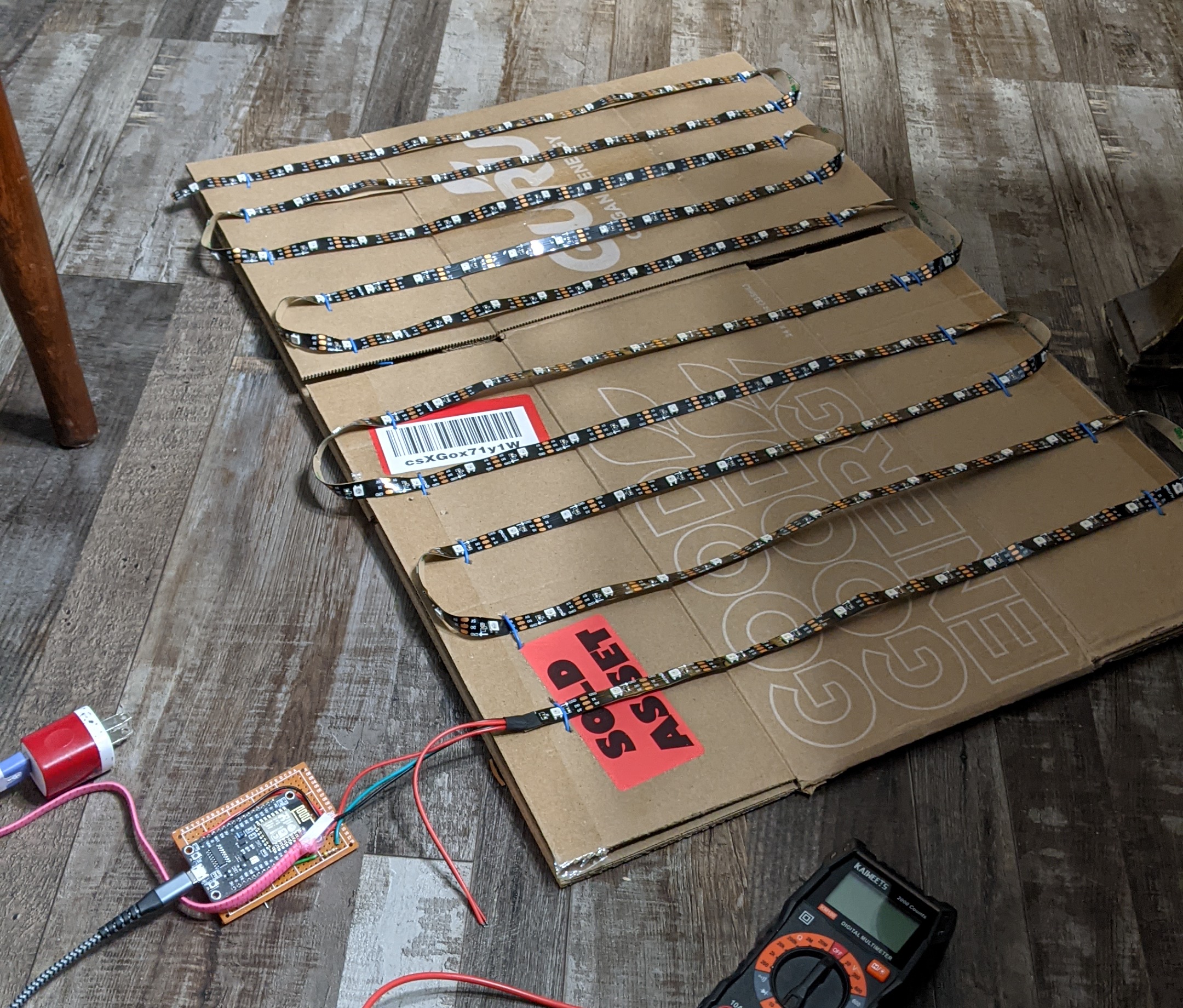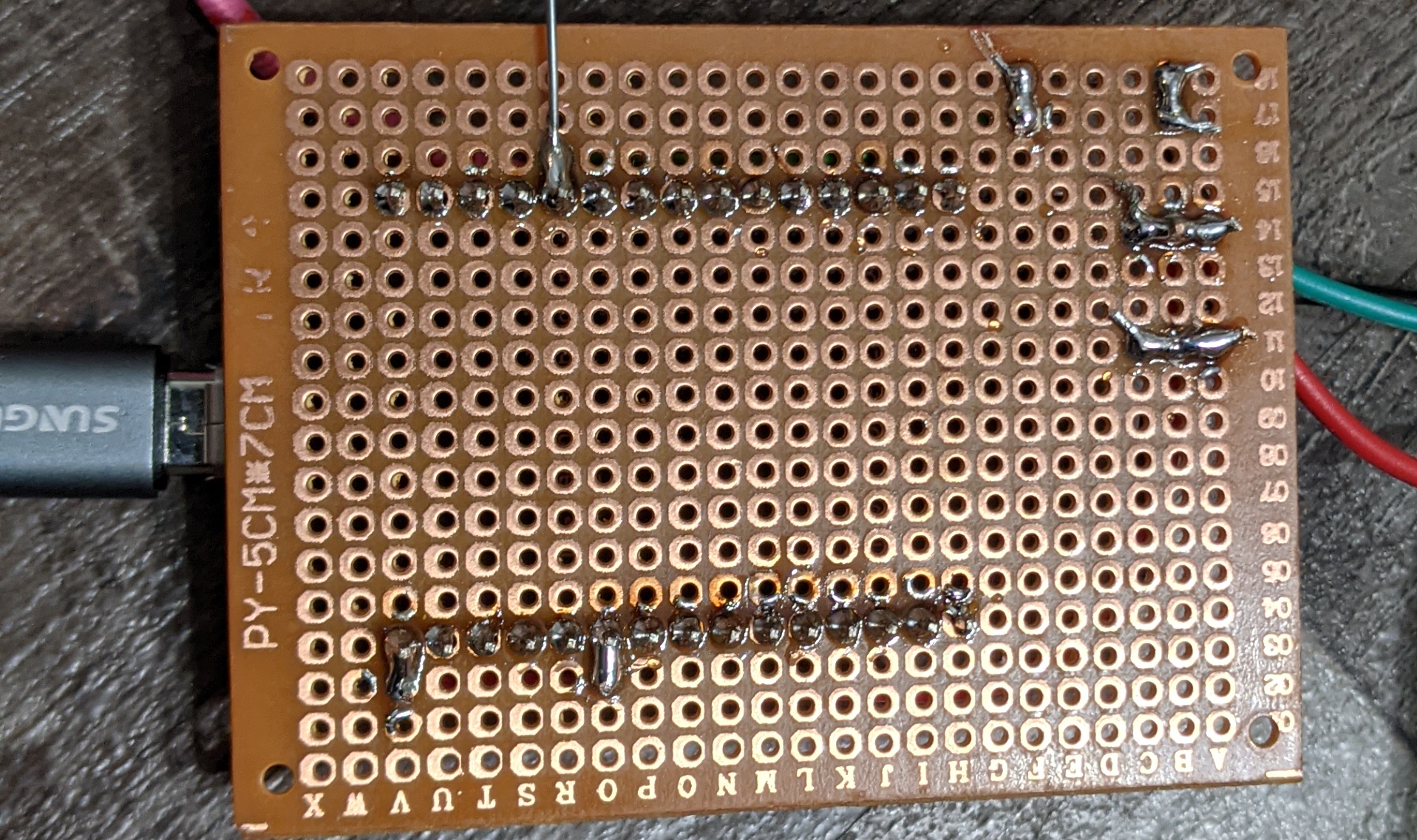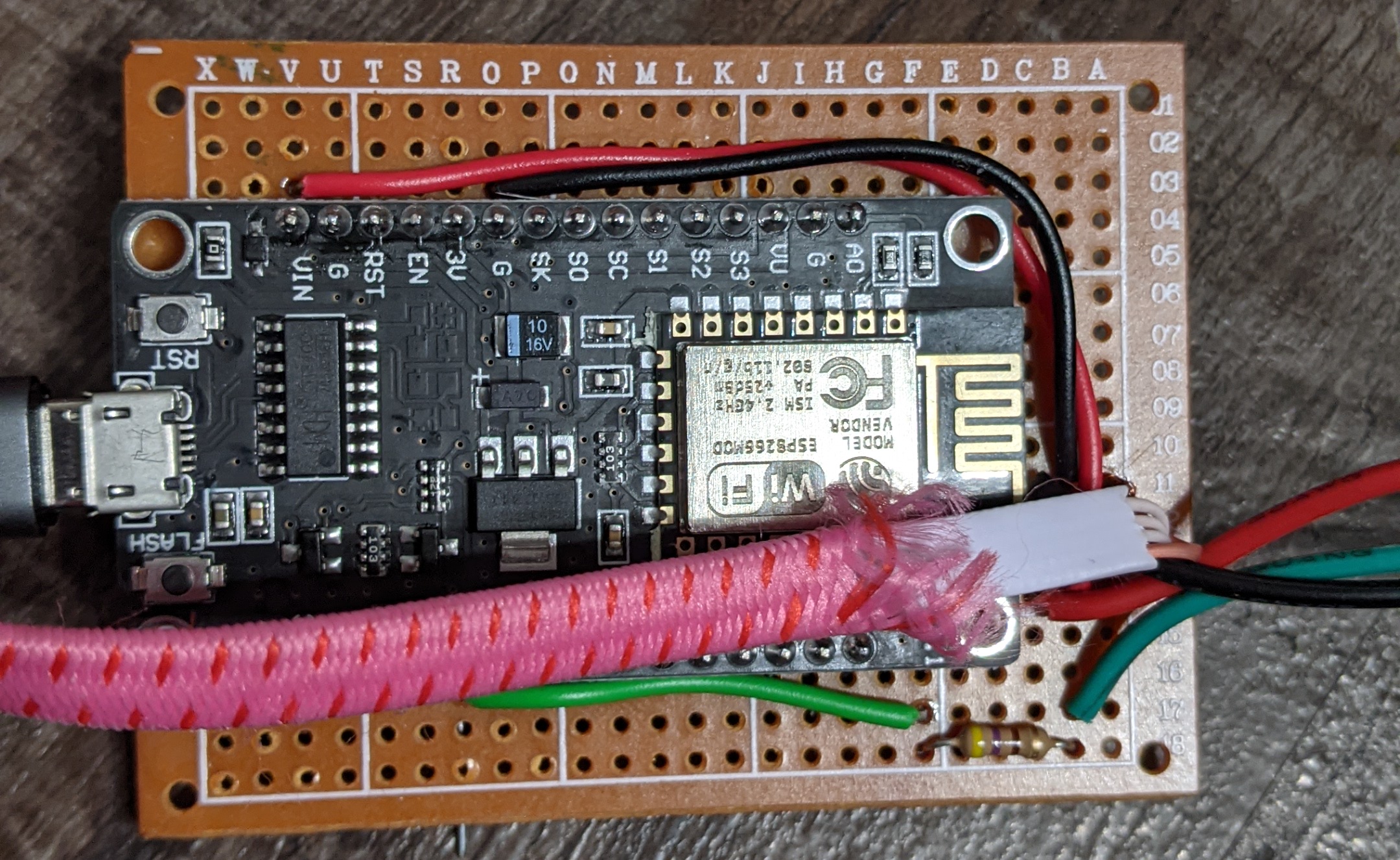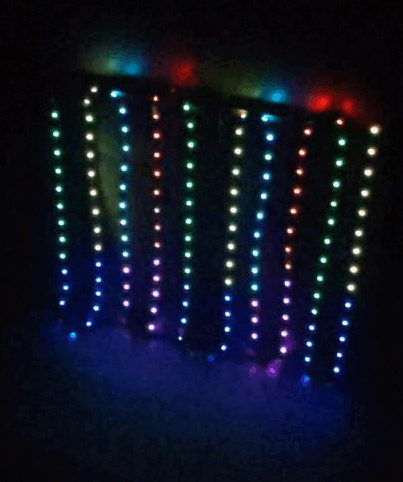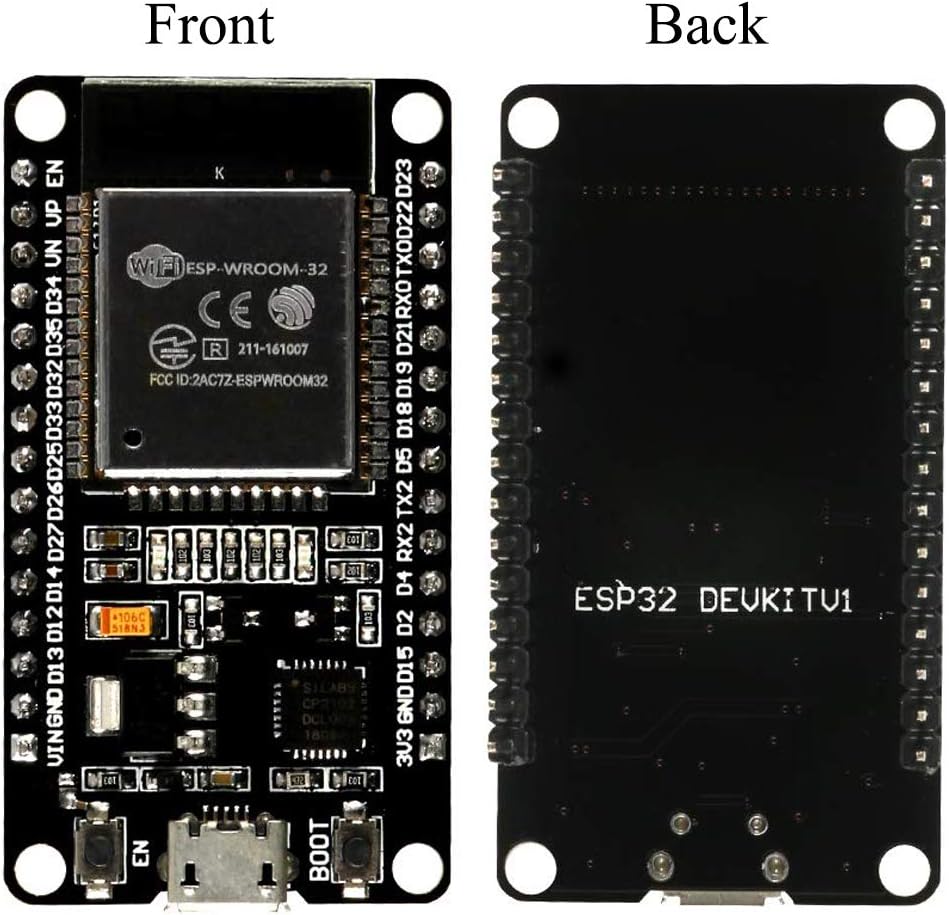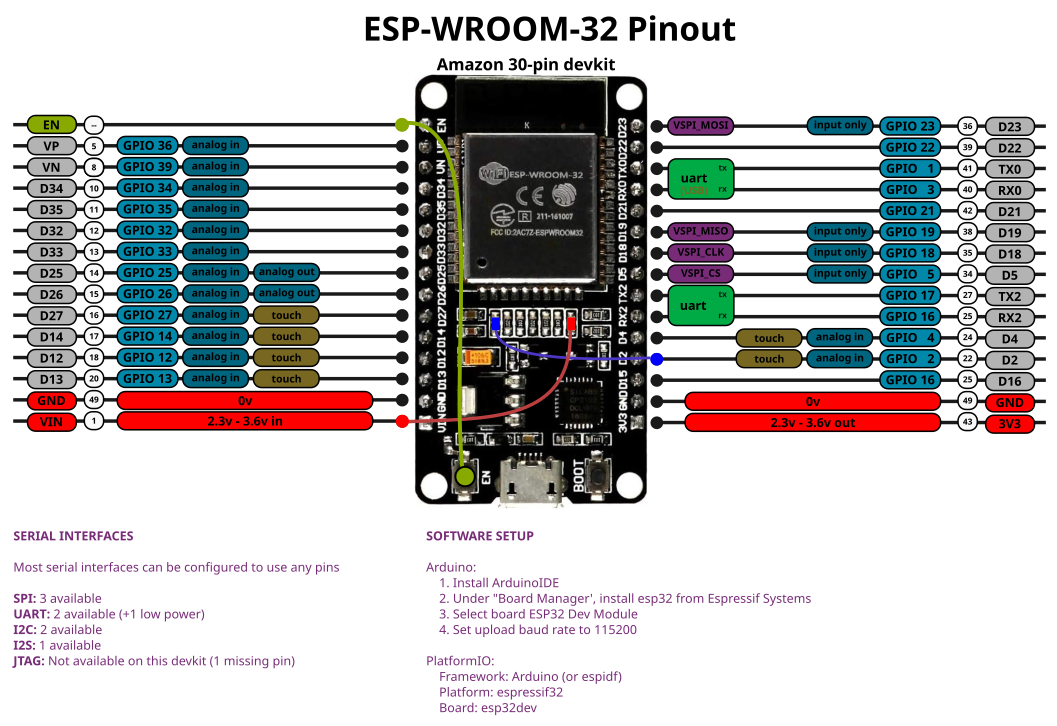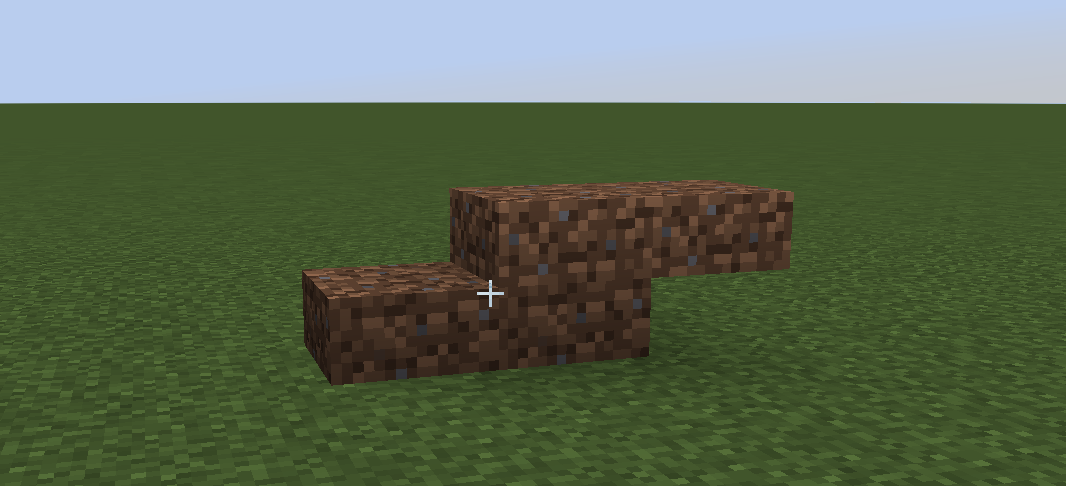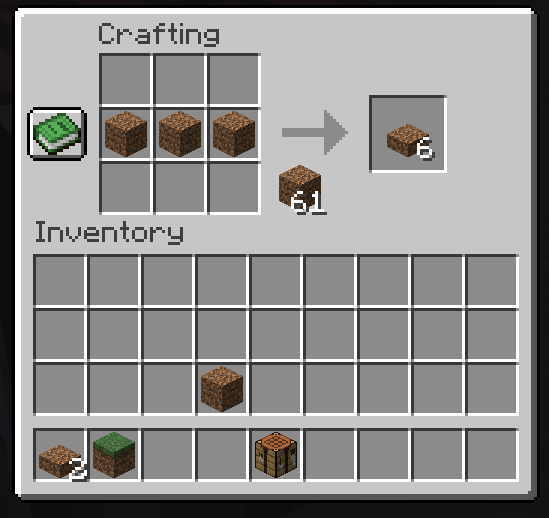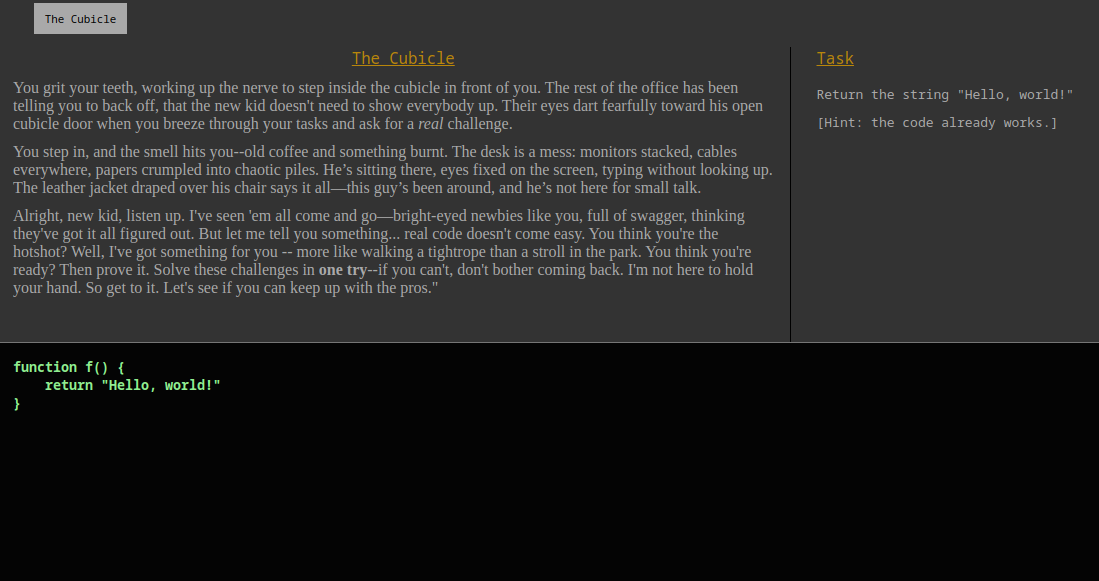Here’s a list of books I read in 2024. The ones in bold I recommend.
Fiction:
- (Aether's Revival, Book 1) Aether's Blessing by Daniel Schinhofen
- Agartha Loop 1 by RavensDagger
- Agartha Loop 2 by RavensDagger
- All the Skills 3 by Honour Rae
- All the Skills 4 by Honour Rae
- Among Others by Jo Dalton
- Assistant to the Villain (Book 1) by Hannah Nicole Maehrer
- (Androne, Book 1) Androne by Dwain Worrell
- (Androne, Book 2) Alliance by Dwain Worrell
- (Arcane Ascension, Book 4) The Silence of Unworthy Gods by Andrew Rowe
- (Arcane Ascension, Book 5) When Wizards Follow Fools by Andrew Rowe
- Astral Odyssey by Virgil Knightley, Jay Aury
- (Babel, Book 1) Senlin Ascends by Josiah Bancroft
- (Babel, Book 2) Arm of the Sphinx by Josiah Bancroft
- (Babel, Book 3) The Hod King by Josiah Bancroft
- (Babel, Book 4) The Fall of Babel by Josiah Bancroft
- Beware of Chicken by Casualfarmer
- Blood for Power 1 by Scott W. James
- Book of the Dead: Awakening by RinoZ
- (Budding Scientist in a Fantasy World, Book 1) A Small Town in Southern Illvaria by Acaswell
- (Budding Scientist in a Fantasy World, Book 2) Society of Starry Eyes by Acaswell
- The Coworker by Freida McFadden
- Cultination Begins with Generosity by Plutus
- Dead Tired 1 by RavensDagger
- Dead Tired 2 by RavensDagger
- Delve by SenescentSoul
- Discovery of Witches by Deborah Harness
- (Discworld) Science of Discworld by Terry Pratchett et al
- (Discworld) Night Watch by Terry Pratchett
- (Disinherited Prince, Book 1) The Disinherited Prince by Guy Antibes
- (Disinherited Prince, Book 2) The Monk's Habit by Guy Antibes
- (Disinherited Prince, Book 3) A Sip of Magic by Guy Antibes
- (Disinherited Prince, Book 4) The Sleeping God by Guy Antibes
- (Disinherited Prince, Book 5) The Emperor's Pet by Guy Antibes
- (Disinherited Prince, Book 6) The Misplaced Prince by Guy Antibes
- (Dumb Luck and Dead Heroes, Book 1) The Worst Ship in the Fleet by Skyler Ramirez
- (Dumb Luck and Dead Heroes, Book 1) The Worst Spies in the Sector by Skyler Ramirez
- Dungeon Devotee by Nixia
- (Dungeon Crawler Carl, Book 7) This Inevitable Ruin by Matt Dinniman
- Eight by Samer Rabadi
- Eight 2 by Samer Rabadi
- Eight 3 by Samer Rabadi
- (God of Density, Book 1) Dawn of the Density God by ToraAKR
- (Gods of the Game, Book 1) Krieg Chess by Phil Tucker
- (Gods of the Game, Book 2) Gods of the Game by Phil Tucker
- (Grand Game, Book 5) Wolf in the Void by Tom Elliot
- (Grand Game, Book 6) A Scion's Duty by Tom Elliot
- (Grand Game, Book 7) Ancient Debts by Tom Elliot
- Grimmwald by Jay Aury
- Heavenly Shae by daneislazy
- Hell Difficulty Tutorial by Cerim
- Heretical Fishing by Haylock Jobson
- (Immortal Great Souls, Book 3) LastRock by Phil Tucker
- (Industrial Strength Magic, Book 1) Industrial Strength Magic by Macronomicon
- (Industrial Strength Magic, Book 2) Sequel.exe by Macronomicon
- (Industrial Strength Magic, Book 3) Rival.EXE by Macronomicon
- The Kaiju Preservation Society by John Scalzi
- Law of the Jungle 1 by Vasily Mahanenko
- Law of the Jungle 2 by Vasily Mahanenko
- Law of the Jungle 3 by Vasily Mahanenko
- Law of the Jungle 4 by Vasily Mahanenko
- Law of the Jungle 5 by Vasily Mahanenko
- Law of the Jungle 6 by Vasily Mahanenko
- Law of the Jungle 7 by Vasily Mahanenko
- Law of the Jungle 8 by Vasily Mahanenko
- Library System Reset (Book 1): Overdue by K.T. Hanna
- Library System Reset (Book 2): Damaged by K.T. Hanna
- Library System Reset (Book 3): Rebound by K.T. Hanna
- Machine of Death edited by Matthew Bennardo and Ryan North
- Magic's Mantle by Bruce Sentar
- Mercy of Gods by James S.A. Corey
- (Millenial Mage, Book 7) Eskau by J.L. Mullins
- (Millienial Mage, Book 8) Ironbound by J.L. Mullins
- Minute Mage 1 by Reg Rome
- Minute Mage 2 by Reg Rome
- Morning Glory Milking Farm by C.M. Nascosta
- Murder Your Employer by Rupert Holmes
- (Murderbot, Book 2) Artificial Condition by Martha Wells
- (Murderbot, Book 3) Rogue Protocol by Martha Wells
- Never Die Twice by Maxime J. Durand (Void Herald)
- Newt and Demon by Edwin M. Griffiths
- (Nothing Mage, Book 3) Syzygy by J. P. Valentine
- Orconomics by J. Zachary Pike
- Pale by wildbow
- Path of Ascension 1 by C. Mantis
- Path of Ascension 2 by C. Mantis
- Path of Ascension 3 by C. Mantis
- Path of Ascension 4 by C. Mantis
- Path of Ascension 5 by C. Mantis
- Path of Ascension 6 by C. Mantis
- Path of Ascension 7 by C. Mantis
- Press Start to Play edited by Daniel H. Wilson and John Joseph Adams
- The Primal Hunter 1 by Zogarth
- The Primal Hunter 2 by Zogarth
- Quest Academy (Book 1): Silvers by Brian J. Nordon
- Quest Academy (Book 2): Scavengers by Brian J. Nordon
- Quest Academy (Book 3): Saviors by Brian J. Nordon
- (Revelation Space) The Prefect by Alastair Reynolds
- (Revelation Space) Elysium Fire by Alastair Reynolds
- (Revelation Space) Machine Vendetta by Alastair Reynolds
- (Revelation Space) Revelation Space by Alastair Reynolds
- Royals of Villain Academy 1-4 by Eva Chase
- Seek by wildbow
- (Shades of Magic, Book 2) A Gathering of Shadows by V.E. Schwab
- She of Many Dragons by Honour Rae
- (Stargazers War, Book 1) To Flail Against Infinity by J.P. Valentine
- (Stargazers War, Book 2) To Catch a Falling Leaf by J.P. Valentine
- (Mortal Techniques, Book 3) Spirits of Vengeance by Rob J. Hayes
- (Steerswoman, Book 4) Words of Power by Rosemary Kirstein
- (Strings of Empire, Book 1) The Wizard Corps by Guy Antibes
- (Strings of Empire, Book 2) The Cloister Wizard by Guy Antibes
- Three Kinds of Lucky by Kim Harrison
- Translation State by Ann Leckie
- (Undying Magician, Book 3) The Undying Caverns by Shane Purdy
- (Unbound, Book 1) Dissonance by Nicoli Gonnella
- (Unbound, Book 1) Silence by Nicoli Gonnella
- (Unbound, Book 1) Hunger by Nicoli Gonnella
- (Unbound, Book 1) Fury by Nicoli Gonnella
- (Unbound, Book 1) Threshold by Nicoli Gonnella
- (Unbound, Book 1) Expanse by Nicoli Gonnella
- Villain for Hire (Book 1): Bad Girls Abound by Jay Aury
- Villain for Hire (Book 2): Damsels and Deathrays by Jay Aury
- Villain for Hire (Book 3): Maidens and Master Minds by Jay Aury
- Villain for Hire (Book 4): Hell on High Heels by Jay Aury
- Villain for Hire (Book 5): Fembots with Benefits by Jay Aury
- The Villainess Is An SS+ Rank Adventurer 1 by Kaye Ng
- The Way of Shadows by Brent Weeks
Nonfiction:
- Coders at Work by Peter Seibel
- The Madman's Library by Edward Brooke-Hitching
- To-Do List Formula by Damon Zahariades
- Veneering Made Easy by Herman Hjorth

